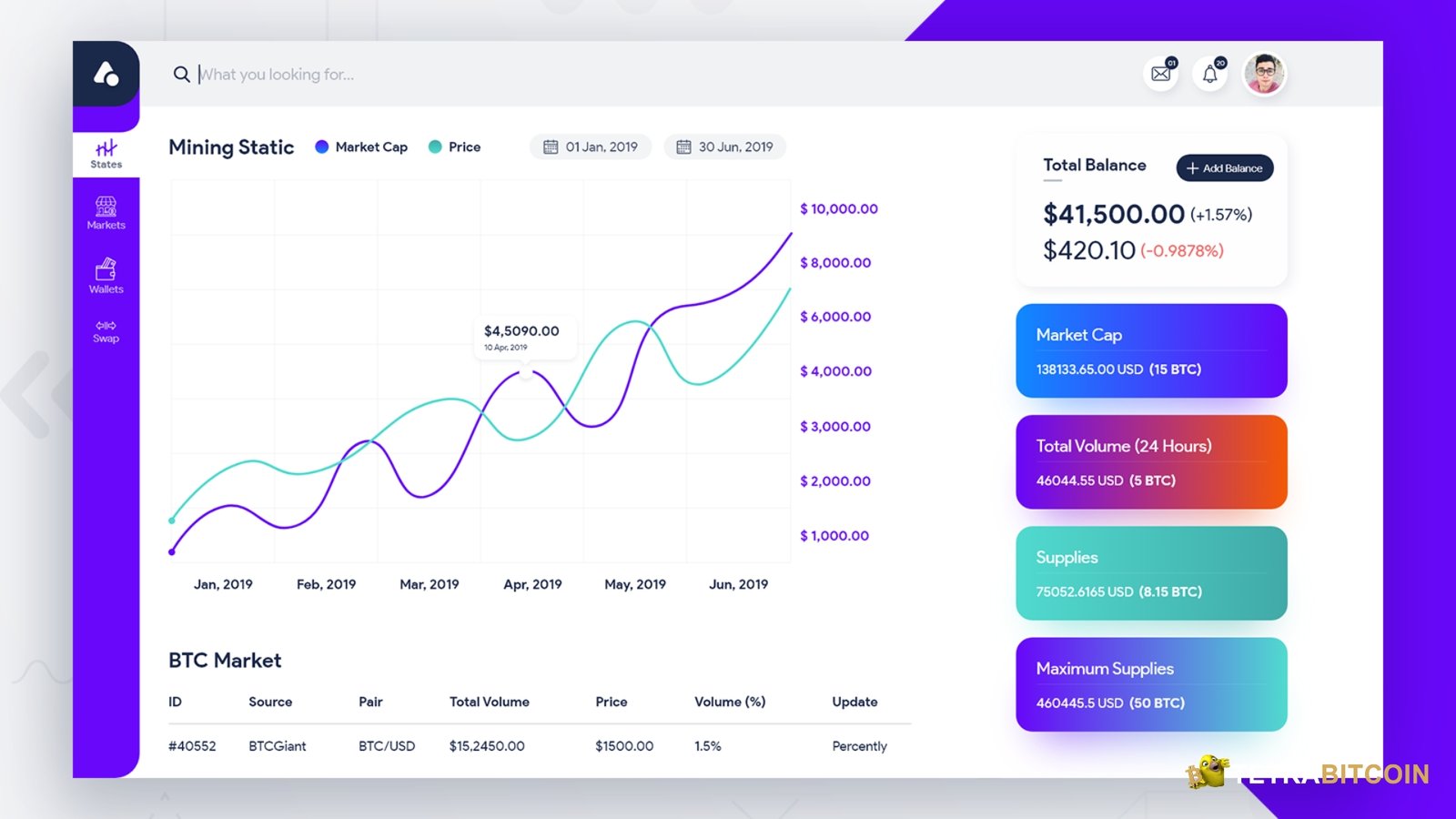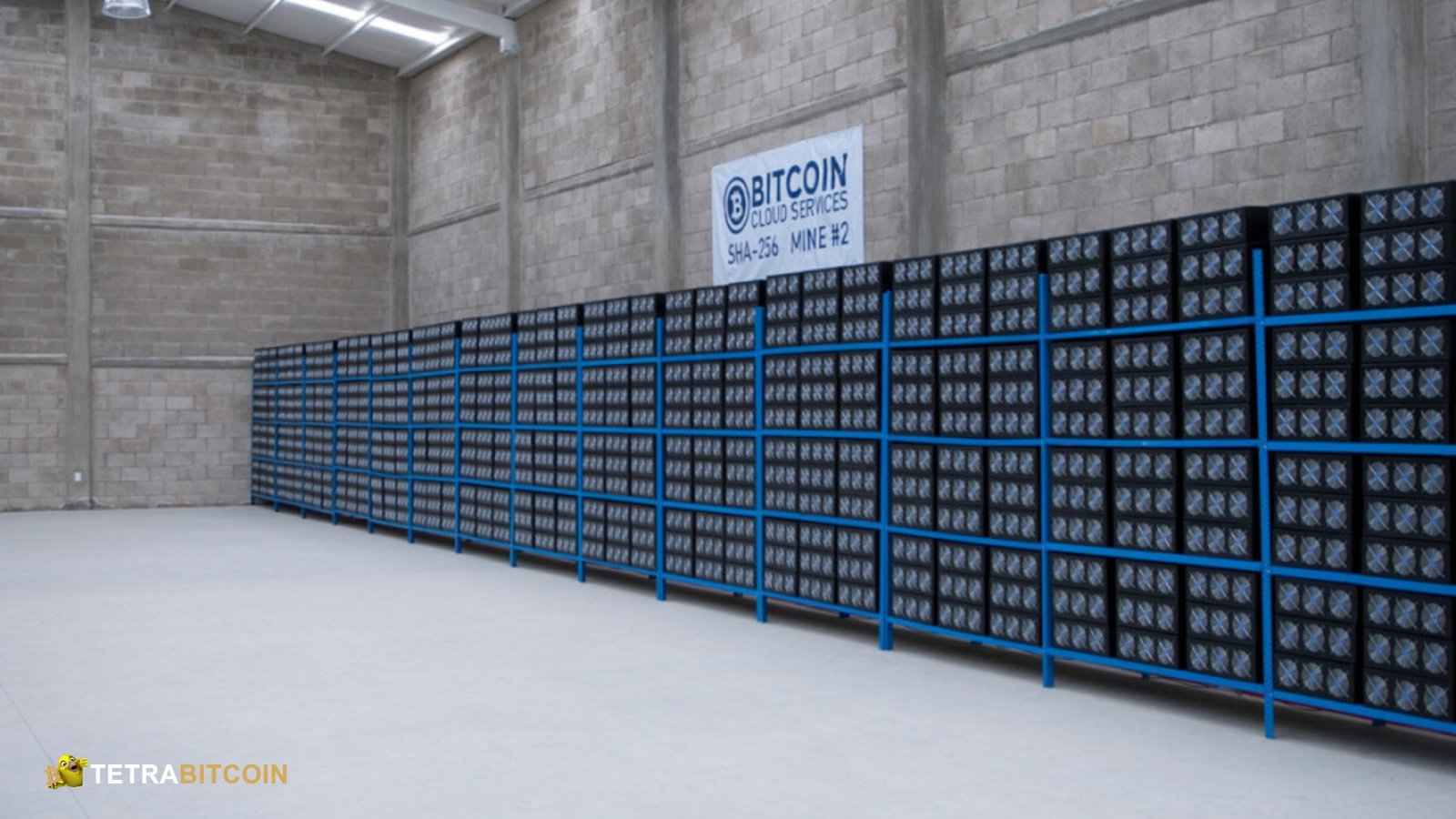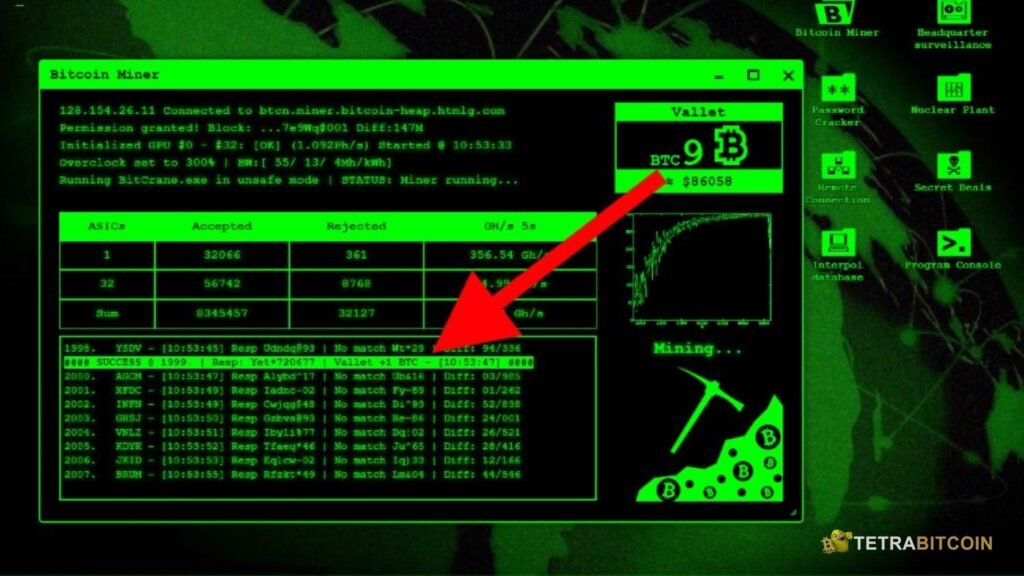Fake Bitcoin Mining Sites: The decentralized structure, convenience of transactions, and high return potential of cryptocurrencies like Bitcoin have led to their meteoric rise in popularity over the last decade. People and businesses seeking to cash in on the digital gold rush have consequently found Bitcoin mining to be an appealing activity. But con artists have taken advantage of the rising demand for cryptocurrency mining to launch shady operations, most notably phony Bitcoin mining websites.
Scammers use these websites to trick miners and investors into parting with their money and personal details by promising them quick profits. Learn the ins and outs of these scams, how they work, how to spot a fake mining site, and most importantly, how to stay safe from them.
How Fake Bitcoin Mining Sites Work
Fake Bitcoin mining sites are designed to appear as legitimate mining platforms. They often claim to offer cloud mining services, where users can rent hash power to mine Bitcoin or other cryptocurrencies without needing to own physical mining hardware. This setup appeals to users who are either unfamiliar with the technical aspects of cryptocurrency mining or don’t have the resources to buy and operate expensive mining equipment. Here’s a step-by-step breakdown of how these sites typically work:
Enticing Promises of High Returns
Fake Bitcoin mining sites lure victims with unrealistic promises, such as guaranteed high returns in a short period. They often claim that their mining operations are powered by cutting-edge technology, renewable energy sources, or a highly efficient algorithm that generates profits far beyond the norm.
Low Entry Requirements
Many fake mining sites have very low barriers to entry, requiring only a small initial investment. They may advertise starting amounts as low as $10 or $50 to attract a broader audience, especially beginners in the cryptocurrency space.
Fake Dashboards
Once a user invests, they gain access to a dashboard that shows their mining progress and growing earnings. These dashboards are often well-designed and give the illusion of legitimacy, displaying increasing account balances, mining stats, and payouts. However, the displayed earnings are entirely fabricated.
Requests for Additional Deposits
As users see their account balances grow, they’re often encouraged to reinvest to increase their potential profits. In some cases, when users attempt to withdraw their earnings, they may be asked to make additional deposits or pay “fees” before the withdrawal can be processed. These fees are another method by which scammers can extract more money from their victims.
Vanishing Acts
Once the scammers feel they have extracted enough money, they either disappear, take the website down, or stop responding to users’ queries. All deposits and “earnings” vanish at this point, and victims are left with nothing.
Common Signs of Fake Bitcoin Mining Sites
Fake Bitcoin mining sites are hard to spot, especially when scammers go to great lengths to look real. However, several red flags can help you spot these scams:
Unrealistic Returns
If a mining platform promises unusually high returns in a short period, it’s likely a scam. Bitcoin mining is a complex process that requires significant computational power and energy consumption, so any claims of guaranteed or excessively high returns should be viewed with skepticism.
No Transparency About Mining Operation
Legitimate mining companies provide detailed information about their mining operations, including the location of their mining farms, the type of equipment they use, and details about the team running the operation. Fake sites often lack this transparency, providing vague or nonexistent information about how their mining operations work.
No Proof of Hashrate
Real mining companies can demonstrate their mining power (hashrate) and provide evidence of their mining activities. If a platform cannot show proof of its hashrate or provide blockchain evidence of its mining activities, it’s a major red flag.
Poor Website Quality and Support
Many fake mining sites have poorly designed websites with broken links, bad grammar, and unprofessional language. Additionally, customer support is often lacking, with slow or no responses to user inquiries. Legitimate companies typically invest in high-quality websites and provide reliable customer service.
Lack of Legitimate Reviews and Feedback
Scammers often flood the internet with fake positive reviews and testimonials about their sites, making it difficult to discern genuine feedback. However, by searching for independent reviews on trusted forums, you can usually spot discrepancies or warnings from users who have had negative experiences.
Examples of Fake Bitcoin Mining Sites
Over the years, many fraudulent mining platforms have surfaced. Some of the most notorious fake Bitcoin mining sites include:
HashOcean
One of the biggest cloud mining scams, HashOcean, was a platform that claimed to offer profitable cloud mining services. It attracted thousands of users for months and reportedly operated a massive mining farm. However, in 2016, the site disappeared overnight, taking users’ funds with it.
Bitcoin Cloud Services (BCS)
BCS was another cloud mining scam that promised high returns for small investments. Like many other fake sites, it provided fake dashboards showing mining earnings. It eventually shut down, leaving thousands of users defrauded.
MiningMax
MiningMax was a fraudulent mining platform that promised users high returns for investing in cloud mining. The platform operated as a Ponzi scheme, using new users’ deposits to pay older users, until it collapsed and its operators were arrested.
The Impact on Victims
The mental and financial toll of falling victim to a phishing scam offering Bitcoin mining services is high. Getting back money paid to a scammer using cryptocurrency is impossible because transactions are permanent. In addition to feeling betrayed and humiliated, many victims lose substantial sums of money—sometimes even their life savings.
Another problem is that law enforcement has difficulty identifying scammers or recovering stolen money due to the anonymity of cryptocurrency transactions. The only option for victims in such a situation is to expose the scam to the authorities and Bitcoin fraud forums in the hopes that others will be warned. Unfortunately, this is not always possible.
How to Protect Yourself from Fake Bitcoin Mining Sites
While the prevalence of fake mining sites is a significant issue, there are several steps you can take to protect yourself:
- Do Thorough Research: Before investing in any Bitcoin mining platform, conduct extensive research. Look for independent reviews, search for red flags, and ensure the company provides transparency about its operations.
- Avoid Unrealistic Promises: A platform promising large returns or easy earnings is probably too good to be true. Remember that cryptocurrency mining is not a get-rich-quick scheme.
- Verify the Company: Check if the company is registered and complies with the regulations of its operating country. Also, try to find information about the team behind the platform. Identifiable individuals usually run legitimate companies with a track record in the industry.
- Test with Small Investments: If you decide to invest, start with a small amount of money. This way, if the platform turns out to be a scam, your losses are minimized.
- Use Trusted Platforms: Stick to well-known and established cryptocurrency mining platforms. Cryptocurrency communities often recommend these and have a proven track record of reliability.
Conclusion
Fake Bitcoin mining sites are a growing menace in the cryptocurrency space. These scams exploit the complexity and allure of cryptocurrency mining, often leaving victims with significant financial losses. By being aware of the common tactics used by scammers and conducting thorough research before investing in any mining platform, you can protect yourself from falling victim to these fraudulent schemes. Always remember: if something sounds too good to be true, it probably is.

